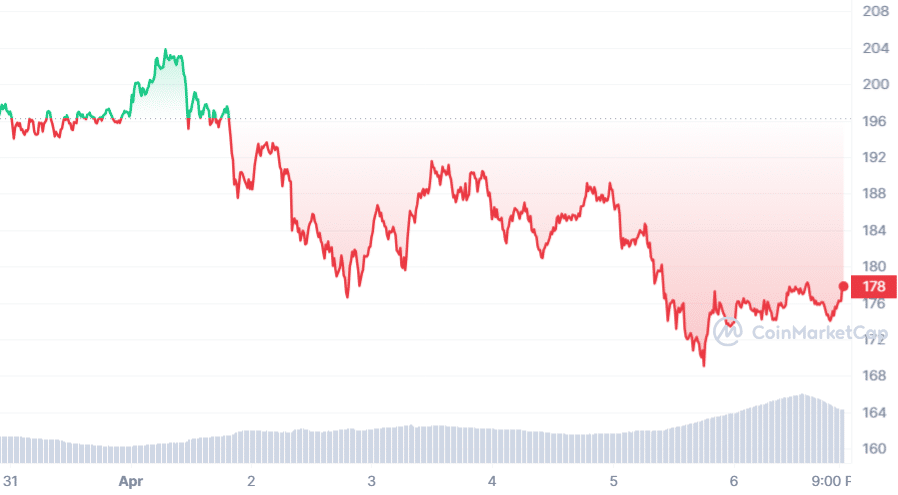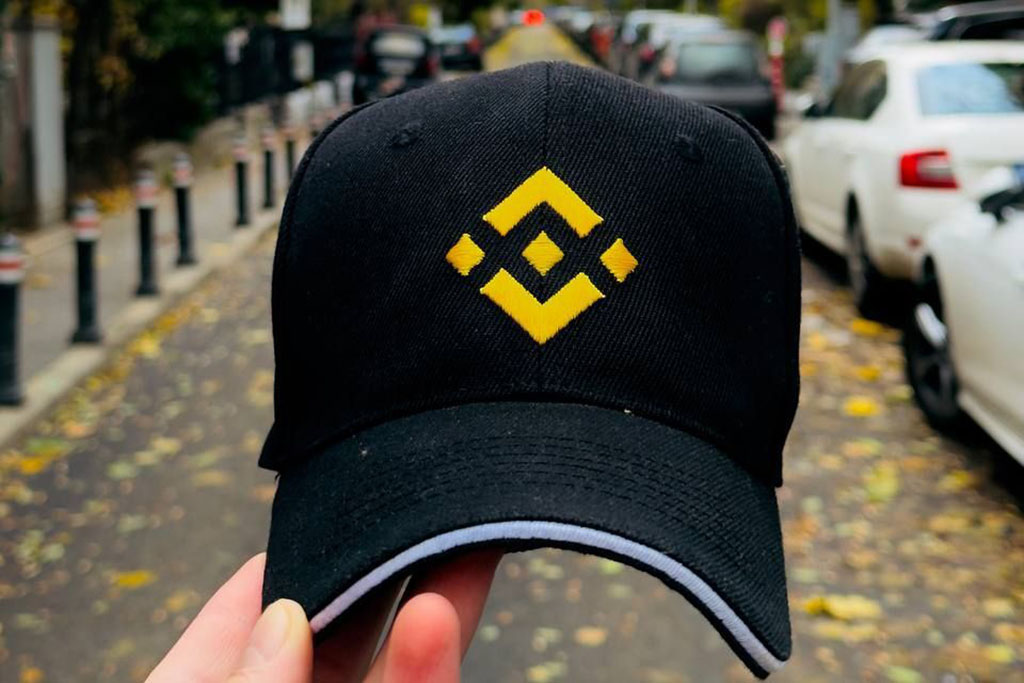ARTICLE AD
Anza Network is set to roll out updates to fix the recent congestion issues on the Solana blockchain.
“The short version is: significant progress has been made to overcome the current congestion challenges, and we expect to begin releasing fixes next week,” the Solana-focused software development firm confirmed. “In collaboration with other core contributors, we have analyzed the root cause, and evaluated several potential changes.”
The latest development comes in the wake of Solana network congestion incidents, marking the second such occurrence within a 48-hour span that has led to transaction delays and failures for Solana users.
Anza, on Friday, April 5, blamed the cause of the congestion on a combination of QUIC implementation issues and the behavior of the Agave validator client.
1/ Timelines and what to expect around what @anza_xyz is doing to address the current network congestion on @Solana in our validator client implementation, Agave.
The short version is: significant progress has been made to overcome the current congestion challenges, and we…
Anza engineers, along with other core contributors, are making concerted efforts to diagnose and rectify these bottlenecks.
The latest measures are part of a series of improvements that are expected to unfold over the coming months to boost Solana’s network efficiency.
The urgency of the issue was underscored by an alarming trend on April 4, when Solana experienced a failure rate of 75% for all non-vote transactions amid a surge in network activity, as per Dune Analytics. The spike was largely attributed to the growing interest in meme coins on the platform.
The high failure rate has sparked a debate within the Solana community, with many expressing dissatisfaction over the worsening service quality.
Helius CEO Mert Mumtaz, a notable Solana proponent, offered a perspective suggesting that the issue of transaction failures was exacerbated by “bot spam,” rather than an inherent network instability affecting genuine user transactions.
Mumtaz’s claim sheds light on the challenges facing Solana, which have been exacerbated by the blockchain’s popularity, especially in the context of meme coin transactions.
The network’s congestion issues have also caught the attention of Fantom creator Andre Cronje, who has shown support for the Solana network, emphasizing that the current challenges stem from the network’s rapid growth and increased demand for block space.
Seeing a lot of "I told you so's" against Solana, because *checks notes* Solana currently has so much demand for blockspace that they need to optimize some bottlenecks (which also btw, is just an engineering hurdle and not a fault of consensus or any critical component).
Victim…
He characterized these issues as technical hurdles, distinct from flaws in the network’s consensus mechanism, and described Solana as a “victim of its own success.”
This is not the first time Solana has gone down. A notable downtime occurred in early February when its main network stopped processing blocks for more than five hours.
From January 2022, the blockchain has faced roughly six major outages and 15 days with either complete or partial service interruptions.
Anza’s postmortem report of the February outage revealed a bug in Solana’s Just-in-Time (JIT) compilation cache as a contributing factor.
The latest network congestion issues have exerted a negative impact on Solana. The price of SOL has fallen by 10% in the past week and is currently trading around $177.
 SOL 24-hour price chart | Source: CoinMarketCap
SOL 24-hour price chart | Source: CoinMarketCap
Following the weekly decline, SOL has also reverted to its position as the fifth-largest cryptocurrency by market capitalization (78.4 billion), as reported by CoinMarketCap.

 7 months ago
41
7 months ago
41 

